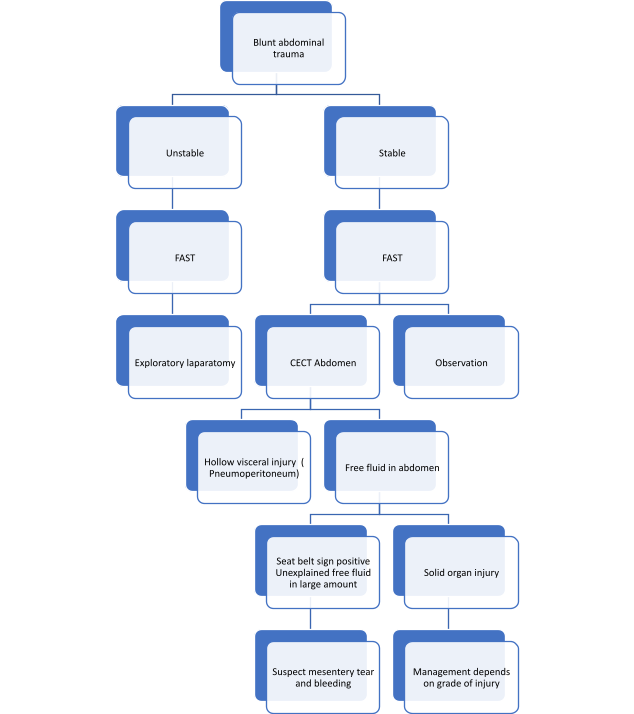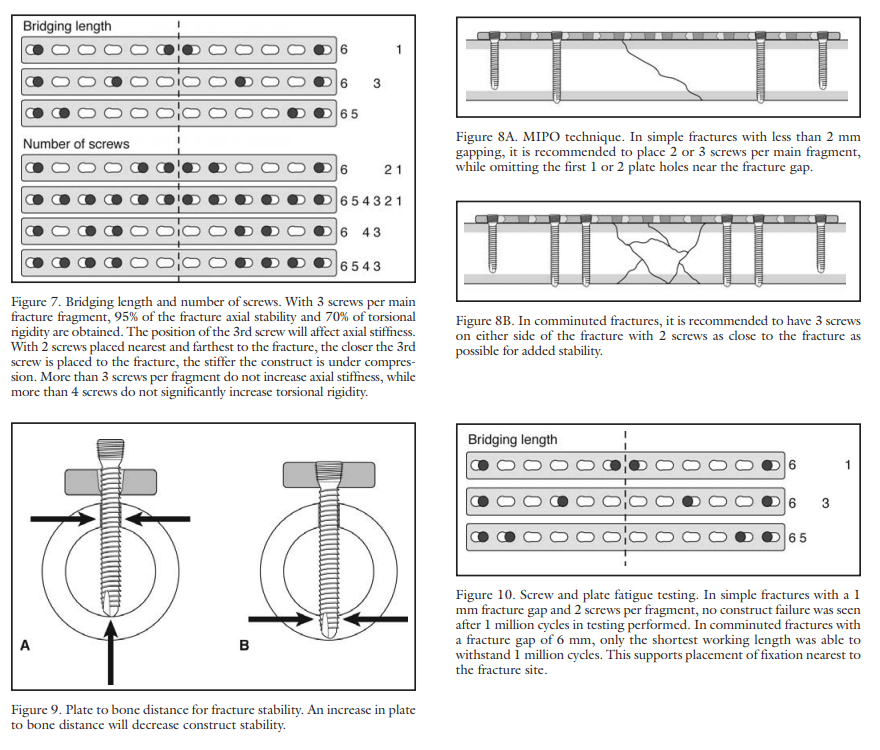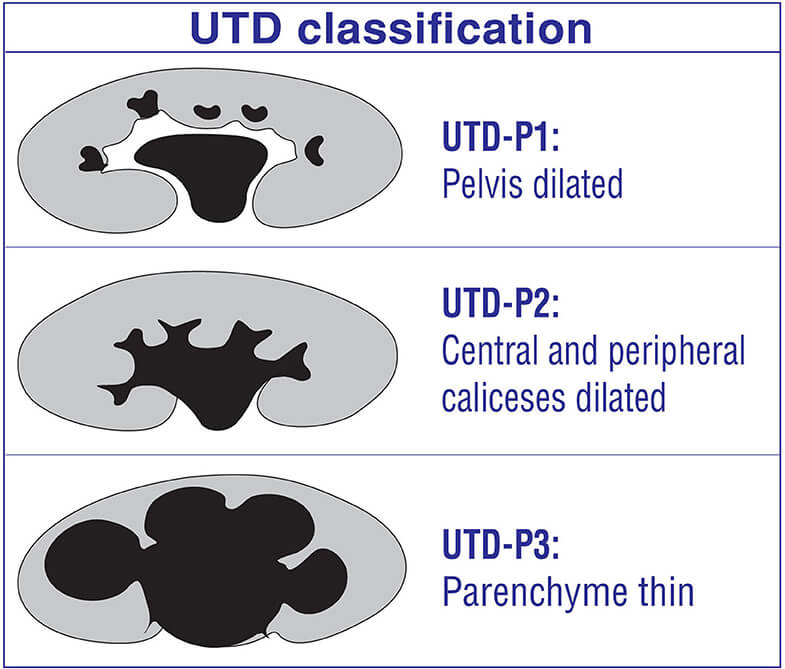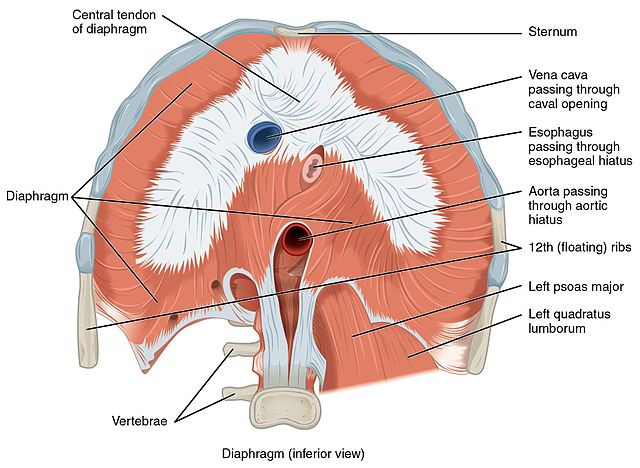Diaphragm is a thoracoabdominal organ which is musculotendinous. It is the primary muscle of respiration. Extension: There are 2 crura of diaphragm: 3 ligaments: Quadratus lumborum muscle is related to lateral arcuate whereas psoas muscle is related to medial arcuate ligament. The foramen of Morgagni shown in the above picture…

An approach to Abdominal Trauma
Abdominal Trauma Abdominal trauma can be broadly classified into: Both of these have different approach of management. In case of any trauma, you need to go serially as per ATLS guidelines, i.e., the primary survey followed by the secondary survey. For quick recap, primary survey includes: Note: according to ATLS,…

Biomechanics in MIPO (Minimally Invasive Plate Osteosynthesis)
1. Provides optimal environment for fracture healing: 2. Relative stability of fracture: 3. Acts as internal fixator: 4. Plate length and Number of screws in Bridge plate function: 5. Plate working length: References:

SIADH Causes and Diagnosis : Mnemonics
Causes of SIADH Mnemonic: SIADH Diagnosis and Diagnostic Criteria Mnemonic: SOD-IUN TEA

A Complication following vasectomy and its management
Case Summary A 45-year male presented to emergency with complaints of pain and swelling over scrotum for 10 hours (at around 11:00 pm). Upon further inquiry he had undergone vasectomy (no scalpel) at a local health post camp at around 1 pm on the same day. He had no known…

Basics of voiding cystourethrogram (VCUG)
The above picture shows a VCUG scan which is a commonly performed test in urology for diagnosing various conditions related to urethra, bladder as well as assessing upper tracts. Diseases that can be diagnosed using VCUG includes: So, it is always better to have an idea about interpreting the scan as…

Approach and management of pediatric hydronephrosis
Pediatric hydronephrosis is a broad term and encompasses various spectrum of disease. It can be broadly classified into: Antenatal hydronephrosis (ANH) It accounts for 1-3% of all pregnancies (Shamshirsaz et.al;2012) and the incidence will continue to rise due to increase use of prenatal ultrasound scan. USG is the mainstay of…

Allergies in the Family: Coping Strategies and Tips
Eye drops, nasal sprays, antihistamines, carrying your EpiPen wherever you go, avoiding certain environments like the plague, avoiding beloved pets or meticulously scanning ingredient lists for just about every food product you consume. All this and more are just another part of everyday life for people with allergies. Allergies might…
